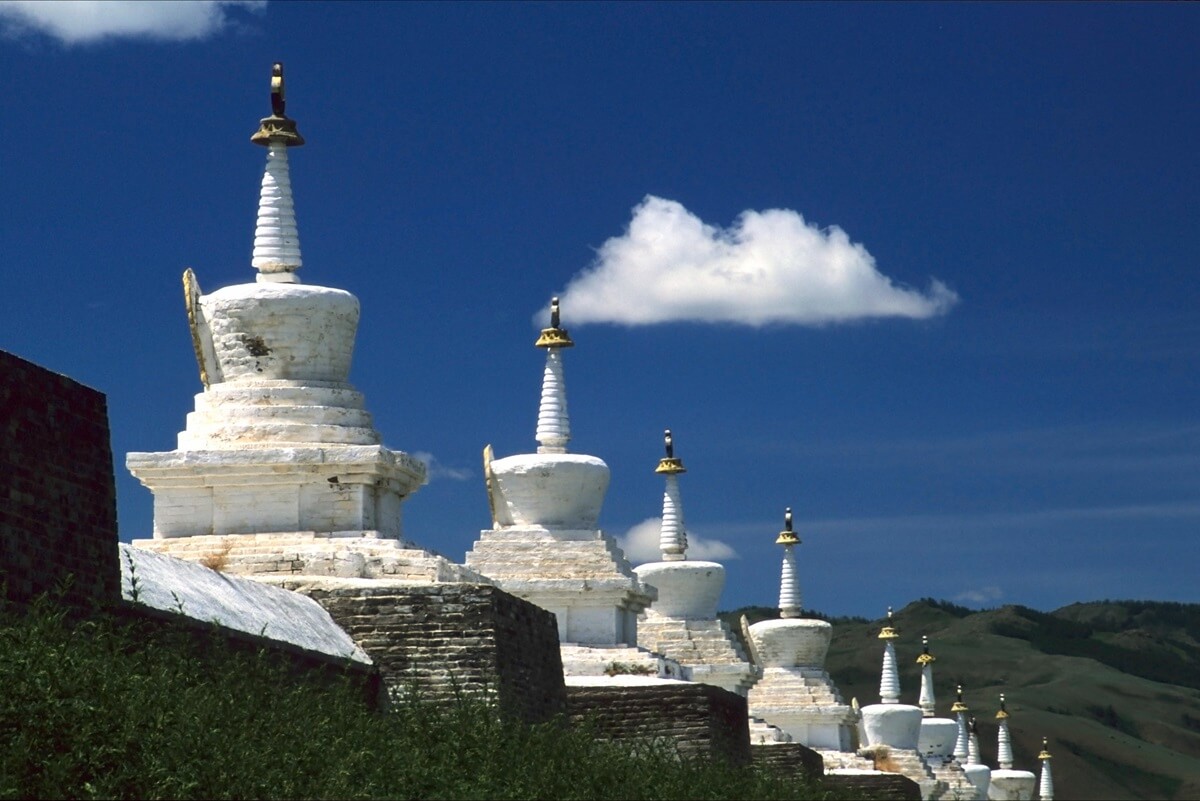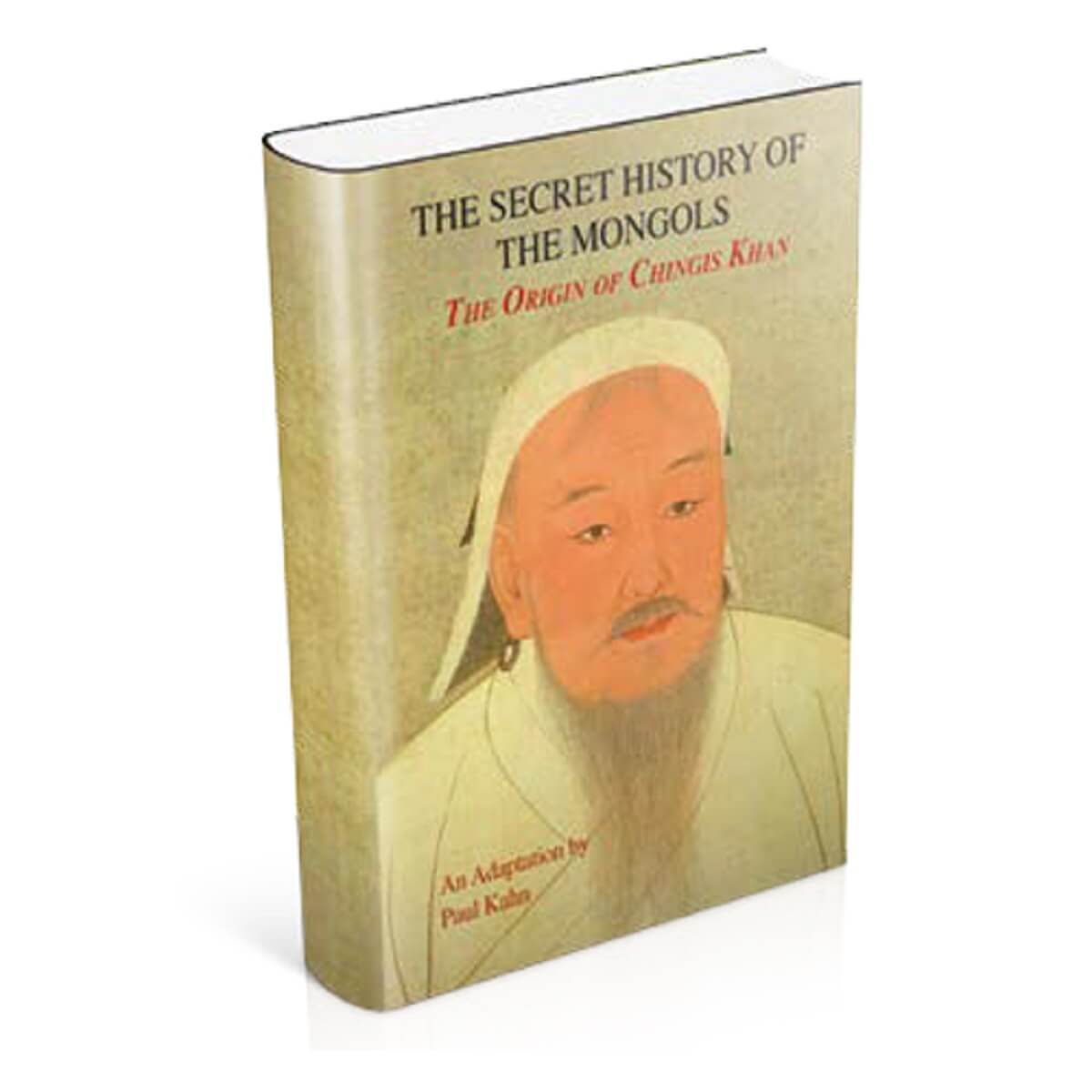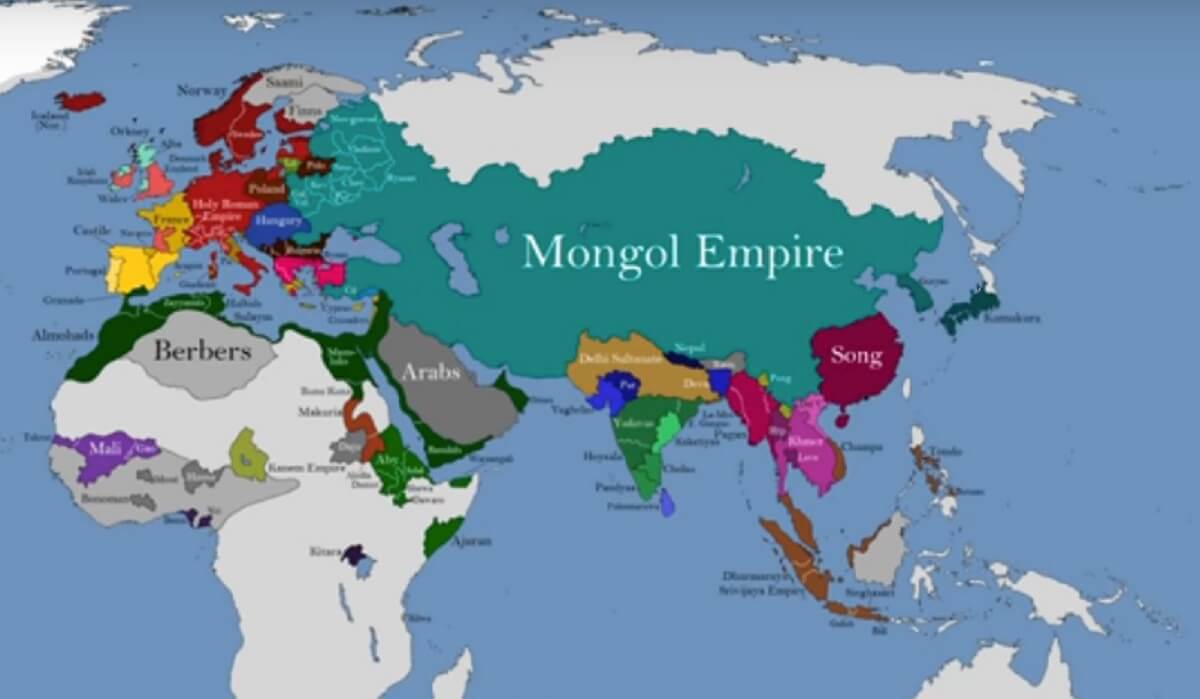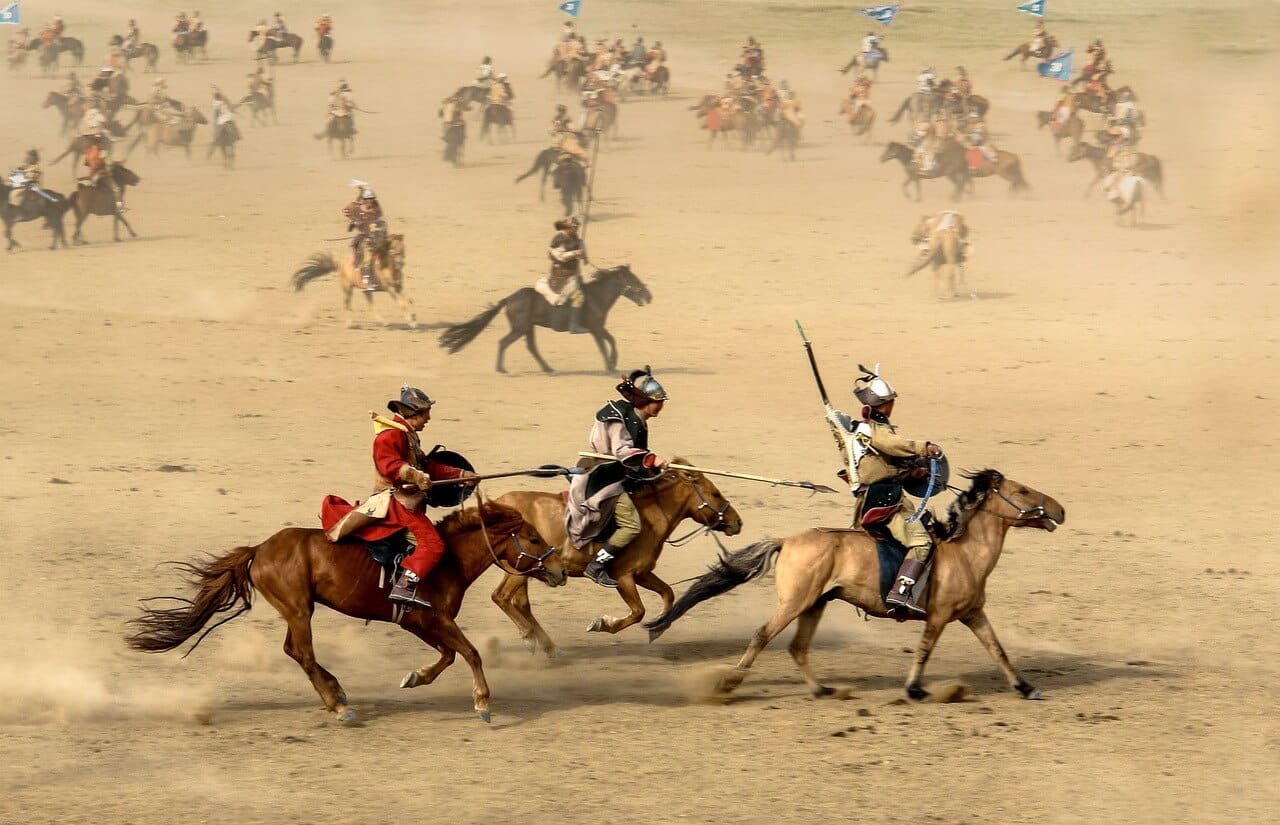The Hunnu Empire, also known as the Xiongnu Empire, holds a foundational place in the history of Mongolia.
As one of the earliest nomadic empires to emerge from the Mongolian Plateau, the Hunnu Empire laid the groundwork for the social, military, and political systems that would later define the Mongol Empire and shape Central Asia’s geopolitical history.
The legacy of the Hunnu Empire in Mongolia is not only reflected in historical records but also in cultural pride, archaeological discoveries, and the national identity of modern Mongolia.
Key Takeaways:
The Hunnu’s legacy is a lasting source of national pride for modern Mongolians.
The Hunnu Empire’s territory was significantly within modern-day Mongolia.
The empire’s nomadic culture has deeply influenced Mongolian traditions.
Archaeological sites in Mongolia reflect the historical wealth of the Hunnu Empire.
The Hunnu Empire’s governance and strategies laid the foundation for later nomadic empires like the Mongol Empire.
1. Introduction to the Hunnu Empire in Mongolia
The Hunnu Empire in Mongolia was one of the most powerful empires to emerge during ancient times in Central Asia. Often identified as the Xiongnu Empire in Chinese historical records, the Hunnu were formidable pastoral nomads who unified vast territory across the Mongolian steppe and beyond.
Flourishing from the 3rd century BCE to the 1st century CE, the Hunnu Empire rivaled the Han Dynasty of China, establishing early diplomatic relations, launching military campaigns, and dominating regional trade routes.
The Mongolian steppe, with its fertile pastures and strategic location, served as the homeland of this nomadic empire.


Geographical Influence and Territorial Expansion:
The Mongolian Plateau as a Homeland
The Mongolian Plateau as a Homeland
The Hunnu Empire in Mongolia thrived on the Mongolian Plateau, an ideal location for a nomadic empire due to its vast steppes, suitable for animal husbandry and cavalry movement. The Orkhon Valley, situated in central Mongolia, is believed to have been the political and spiritual heart of the empire.
Extent of Control
The Hunnu extended their control across northern Mongolia, eastern Mongolia, and reached as far west as the Gansu Province. Their influence stretched from the Liao River to Lake Baikal and down to the Yellow River in ancient China.
This extensive dominance helped secure vital trade routes that connected China, the Roman Empire, and nomadic tribes across Central Asia.
Strategic Significance
Their geographical dominance allowed the Hunnu Empire to conduct raids, forge peace treaties, and maintain dominance over the northern part of the Han Empire. Their military pressure was so immense that the Qin Dynasty began constructing the Great Wall to repel their invasions.
This wall, later expanded by the Han Dynasty, stands as a testament to the Hunnu’s threat to ancient Chinese kingdoms.
Governance and Political Structure of the Hunnu Empire in Mongolia:
The Role of the Shanyu
At the core of the Hunnu Empire in Mongolia was the Shanyu, a supreme leader with centralized authority, responsible for both military and political decisions. The Shanyu’s reign was often established through consensus among tribal leaders, blending elements of monarchy with military democracy.
Administrative Organization
The whole empire was divided into three regions: a central domain ruled directly by the Shanyu, and eastern and western branches managed by high-ranking nobles. This structure allowed rapid mobilization and effective governance over nomadic groups dispersed across the vast Mongolian territory.
Council of Nobles
A council composed of generals and tribal leaders advised the Shanyu, mirroring a consultative form of leadership that would influence later empires such as the Mongol Empire under Genghis Khan and eventually Kublai Khan.


Military Strategies and Eurasian Dominance
Cavalry Excellence
The Hunnu Empire’s military relied heavily on cavalry, showcasing exceptional skills in horsemanship and archery. The nomads of the Mongolian steppe, including the Hunnu, were known for their mastery of mounted warfare.
Tactical Innovation
Using advanced strategies like the feigned retreat, the Hunnu repeatedly outmaneuvered enemies. Their military was organized using a decimal structure: troops were divided into units of 10, 100, 1,000, and 10,000, similar to formations used later by the Mongol Empire.
Relations with China
The Hunnu clashed with China’s Han Dynasty and earlier with the Qin Dynasty. China’s Han Dynasty eventually adopted diplomacy, forming peace treaties and offering tribute to the Hunnu to maintain border stability.
Expansion Under Modun Shanyu
Modun Shanyu is considered one of the most influential leaders of the Hunnu Empire. He expanded the empire westward, subdued rival nomadic tribes, and established control over crucial trade routes. His reign exemplifies how the Hunnu built the foundation for future expansions across the continent.

Cultural Legacy and Historical Significance:
Ancestors of the Mongols?
Many scholars debate the exact origin of the Hunnu, with some suggesting a Turkic origin and others linking them to the ancestors of the Mongols. Regardless, their influence on Mongolian culture is significant.
Influence on Nomadic Life
The traditions of pastoral nomads, including tribal structure, animal husbandry, and military mobilization, were shaped by the practices of the Hunnu Empire. These customs are still visible in modern Mongolia.
Writing System and Administration
There is evidence that the Hunnu developed a writing system to manage their vast empire. This effort to record information marks a shift toward administrative sophistication, not just brute force.
Archaeological Discoveries in Mongolia:
Noin Ula Burial Sites
Excavations in the Noin Ula region have revealed elite burial mounds filled with iron weapons, Roman Empire goods, Chinese silk, and other luxury artifacts. These findings show that the Hunnu maintained diplomatic and trade relations as far west as Rome and as far east as China.
Genetic Studies
Recent genetic studies conducted on skeletal remains have revealed that the Hunnu Empire in Mongolia was a blend of ethnicities, emphasizing their role as a unifying force over diverse nomadic tribes in Central Asia.
Economy and Daily Life
Artifacts including horse gear, tools, and decorative ceramics reveal a rich economic life based on trade, animal husbandry, and warfare. The Hunnu were not merely raiders, but also participants in global commerce.

Influence on Future Empires, Including the Mongols
Foundation for the Mongol Empire
The governance model, mobility-based warfare, and trade strategies of the Hunnu Empire laid the groundwork for the Mongol Empire. The ability to rule over a vast territory with efficiency was later mastered by Genghis Khan.
Genghis Khan and the Hunnu Legacy
Genghis Khan adopted many military and administrative strategies seen in the Hunnu Empire. His campaigns extended the influence of nomadic empires further than any before, building the largest contiguous empire in world history, and leaving a legacy through his numerous descendants.
Long-lasting Impact
From military formations to political unity, the Hunnu’s contributions are seen in every subsequent nomadic empire. They set the stage for the great conquests and stability brought by Kublai Khan and others.
Influence on Future Empires, Including the Mongols
Foundation for the Mongol Empire
The governance model, mobility-based warfare, and trade strategies of the Hunnu Empire laid the groundwork for the Mongol Empire. The ability to rule over a vast territory with efficiency was later mastered by Genghis Khan.
Genghis Khan and the Hunnu Legacy
Genghis Khan adopted many military and administrative strategies seen in the Hunnu Empire. His campaigns extended the influence of nomadic empires further than any before, building the largest contiguous empire in world history, and leaving a legacy through his numerous descendants.
Long-lasting Impact
From military formations to political unity, the Hunnu’s contributions are seen in every subsequent nomadic empire. They set the stage for the great conquests and stability brought by Kublai Khan and others.

Modern-Day Recognition and Cultural Pride
In Modern Mongolia
The Hunnu are recognized in modern Mongolia as forebears of the Mongolian nation. Museums, textbooks, and national monuments pay tribute to their achievements and contributions to the country’s identity.
Tourism and Preservation
Archaeological sites such as the Orkhon Valley and Noin Ula attract researchers and tourists alike. These sites are vital to understanding the Hunnu’s contribution to both Mongolian and global history.
Artistic and National Influence
From epic literature to popular music, references to the Hunnu are found across Mongolian culture. Their story continues to inspire pride and curiosity about Mongolia’s ancient roots.
Conclusion: Why the Hunnu Empire in Mongolia Still Matters
The Hunnu Empire in Mongolia was more than just a nomadic kingdom—it was a catalyst for change across Central Asia, China, and beyond.
Its influence on warfare, governance, diplomacy, and culture helped shape some of the most powerful empires in world history.
As modern Mongolia continues to reclaim and celebrate its ancient heritage, the Hunnu Empire stands tall as a symbol of resilience, innovation, and unity across nomadic tribes and territories. Its legacy lives on in the nation’s history, culture, and pride.













